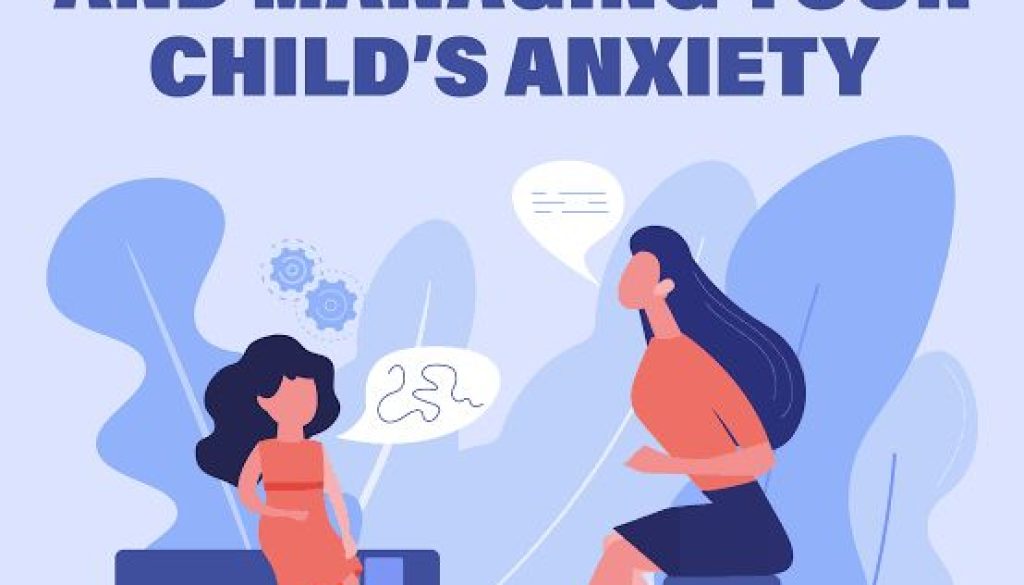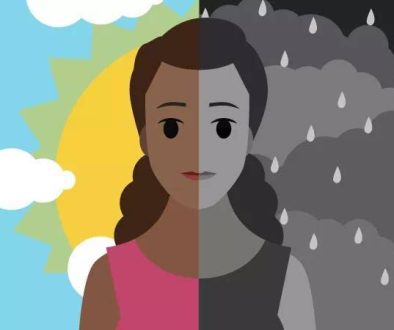Childhood Anxiety: Understanding the Signs and Symptoms
Childhood anxiety is a common and often treatable condition that can affect children of all ages. Anxiety in children can manifest in different ways, and it’s essential to recognize the signs and symptoms to provide timely support and intervention.
Physical Symptoms:
– Stomachaches or nausea: Children with anxiety may experience frequent stomachaches or nausea, especially before bedtime or in situations that trigger anxiety.
– Headaches: Tension headaches or migraines can be a physical symptom of anxiety in children.
– Rapid heartbeat or palpitations: Children may experience a racing heart or palpitations when they’re feeling anxious.
– Sweating or trembling: Anxiety can cause children to sweat excessively or tremble, especially in situations that trigger anxiety.
– Difficulty sleeping or nightmares: Children with anxiety may struggle with falling asleep or experience nightmares due to racing thoughts or worries.
Behavioral Symptoms:
– Avoiding certain situations or activities: Children with anxiety may avoid situations or activities that trigger anxiety, such as social gatherings or school.
– Clinginess or separation anxiety: Children may become clingy or exhibit separation anxiety when they’re away from their primary caregivers.
– Restlessness or fidgeting: Anxiety can cause children to become restless or fidgety, especially in situations that require them to sit still.
– Irritability or mood swings: Children with anxiety may become irritable or experience mood swings due to feeling overwhelmed or frustrated.
– Difficulty concentrating or paying attention: Anxiety can affect a child’s ability to focus and pay attention in school or during activities.
Emotional Symptoms:
– Excessive worrying or fear: Children with anxiety may worry excessively about things like school, friends, or family members.
– Feeling scared or overwhelmed: Children may feel scared or overwhelmed by situations or stimuli that others might find manageable.
– Difficulty controlling worries or fears: Children with anxiety may struggle to control their worries or fears, leading to feelings of anxiety or panic.
– Feeling self-conscious or embarrassed: Children may feel self-conscious or embarrassed about their anxiety or perceived shortcomings.
– Fear of being judged or evaluated: Children with anxiety may fear being judged or evaluated by others, which can affect their self-esteem and confidence.
Other Signs:
– Regression to earlier behaviors: Children with anxiety may regress to earlier behaviors, such as bedwetting or thumb-sucking, as a coping mechanism.
– Avoiding social interactions or activities: Children may avoid social interactions or activities due to feelings of anxiety or fear.
– Difficulty making friends or maintaining relationships: Anxiety can affect a child’s ability to form and maintain relationships with peers.
– Changes in appetite or eating habits: Children with anxiety may experience changes in appetite or eating habits due to stress or anxiety.
Common Anxiety Disorders in Children:
– Generalized anxiety disorder (GAD): characterized by excessive and persistent worry about everyday things.
– Separation anxiety disorder: characterized by fear or anxiety about separation from primary caregivers.
– Social anxiety disorder: characterized by fear or anxiety about social interactions or being judged by others.
– Specific phobias: characterized by fear or anxiety about specific objects, situations, or activities.
– Panic disorder: characterized by recurring panic attacks or fear of having panic attacks.
What to Do:
If you’re concerned about your child’s anxiety, it’s essential to:
– Consult with a mental health professional for an accurate diagnosis and treatment plan.
– Provide a supportive and understanding environment for your child to express their feelings and worries.
– Encourage your child to develop coping strategies, such as deep breathing, relaxation, or mindfulness.
– Help your child build resilience and confidence through positive reinforcement and encouragement.
By recognizing the signs and symptoms of childhood anxiety, you can provide timely support and intervention to help your child manage their anxiety and thrive.



